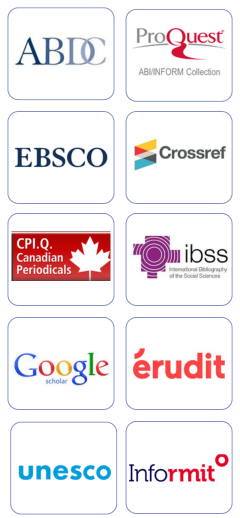Human Capital Availability, Competitive Intensity and Manufacturing Priorities in a Sub-Saharan African Economy
Abstract
Several studies have been done on the relationships between human resources management (HRM) practices and manufacturing activities. However, most of these studies have been confined to well-developed economies where the focus of HRM practices is mostly on the investment in human capital to facilitate the use of advanced manufacturing technology. In less developed economies, the primary HRM concern is attracting and retaining skilled, knowledgeable and experienced labor. In this study, we examine the relationships between human capital availability, competitive intensity and their interactive effects on manufacturing priorities in a Sub-Saharan African economy — Ghana. We found that competitive intensity is an important determinant of the emphasis firms plan to place on manufacturing priorities (low-cost, quality, flexibility, and delivery). However, human capital availability affects the emphasis firms plan to place on low-cost and delivery. Furthermore, competitive intensity moderates the relationship between human capital availability and the emphasis that firms plan to place on the manufacturing priorities of low-cost and quality.Published
2003-08-01
How to Cite
Acquaah, M., & Amoako-Gyampah, K. (2003). Human Capital Availability, Competitive Intensity and Manufacturing Priorities in a Sub-Saharan African Economy. Journal of Comparative International Management, 6(2). Retrieved from https://journals.lib.unb.ca/index.php/JCIM/article/view/447
Issue
Section
RESEARCH ARTICLES
License
Papers accepted become the copyright of the journal, unless otherwise specifically agreed.



